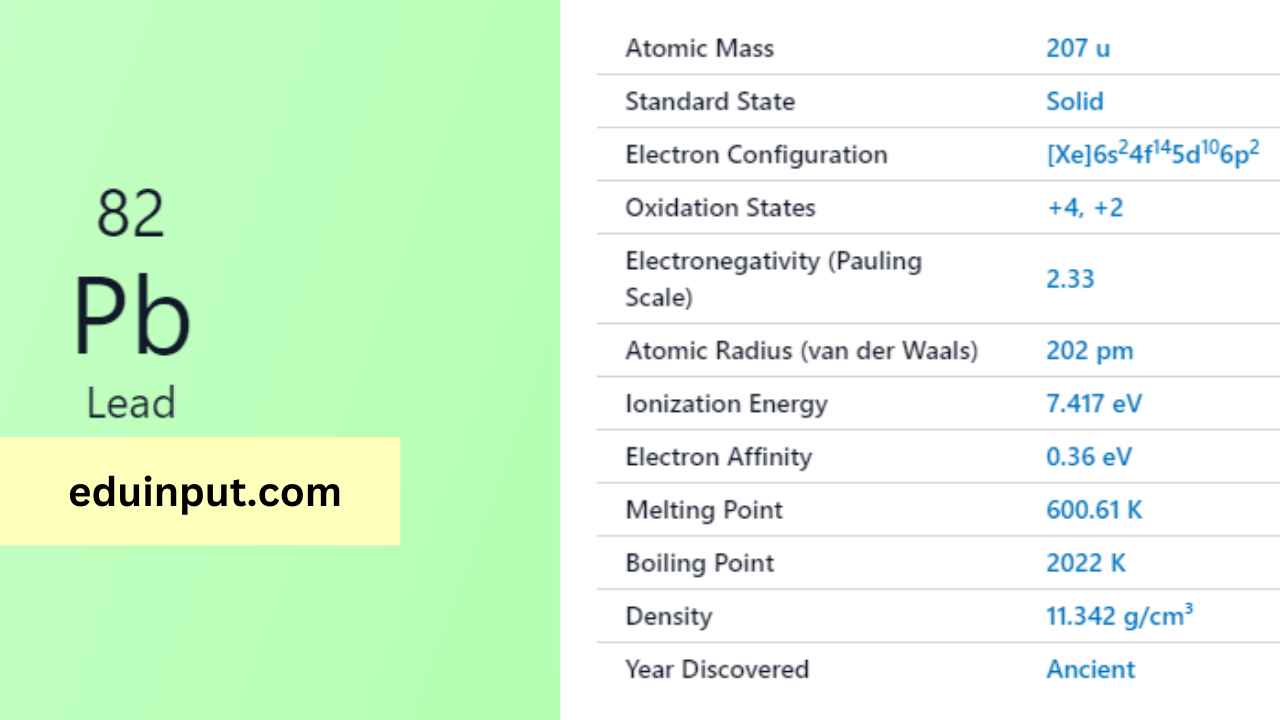Carbon-Discovery, Properties, And Applications
Carbon is a chemical element with the symbol C and atomic number 6. It is a non-metal that occurs in all known organic compounds and is an essential component of life. Carbon also has numerous applications in industry, such as in the production of steel and various chemicals.

| Property | Value |
| Name | Carbon |
| Symbol | C |
| Atomic number | 6 |
| Relative atomic mass (Ar) | Graphite is black, diamond is colorless |
| Standard state | Solid at 298 K |
| Appearance | Period in the periodic table |
| Classification | Non-metallic |
| Group in periodic table | 14 |
| Group name | (none) |
| Block in the periodic table | 2 |
| Group in the periodic table | p |
| Shell structure | 2.4 |
| CAS Registry | 7440-44-0 |
Discovery
Carbon has been known since ancient times, with charcoal being used as a fuel and pigment as far back as 3750 BCE. In 1789, French chemist Antoine Lavoisier named the element carbon and recognized it as the primary component of all organic matter.
Physical Properties
Carbon has several allotropes, including diamond, graphite, and fullerene. Diamond is a transparent, extremely hard material, while graphite is a soft, black substance commonly used in pencils. Fullerene is a group of carbon molecules that form various shapes, including spherical, tubular, and helical.
Chemical Properties
Carbon has four valence electrons, allowing it to form a wide range of compounds. It readily forms covalent bonds with other non-metals, such as oxygen and nitrogen, to create organic molecules like carbohydrates, proteins, and nucleic acids. Carbon also forms metallic carbides, such as tungsten carbide, which is used as a cutting tool.
Facts
- Carbon is the fourth most abundant element in the universe by mass.
- The human body is composed of approximately 18% carbon.
- Carbon dating is a technique used to determine the age of ancient organic materials, such as fossils and artifacts.
Applications
- Carbon is used in the production of steel, which is an essential material for construction, transportation, and manufacturing.
- Carbon fibers are used in high-performance materials, such as aerospace components, sports equipment, and automotive parts.
- Carbon black is a common pigment used in inks, paints, and rubber products.
- Activated carbon is used in water and air purification systems to remove impurities and contaminants.
Carbon is an incredibly versatile element with a wide range of applications in industry, medicine, and everyday life. Its unique properties and ability to form complex compounds make it essential to many aspects of modern society.







Leave a Reply